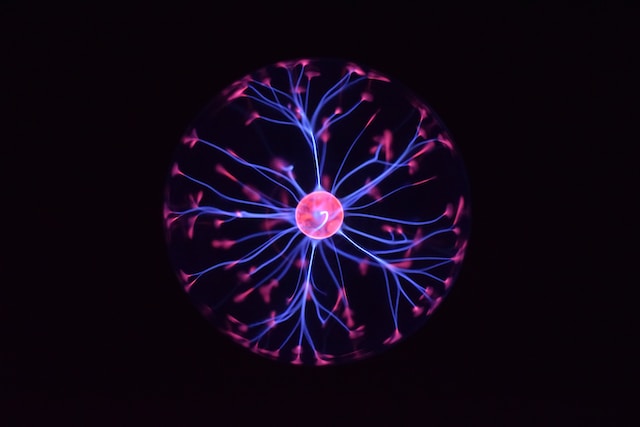Cryonics VS Cryogenics
Numerous people dream of an endless life, or at least of extending it for a certain period of time. The prospect of eternal health and inviolability of human life is becoming more attractive to people all over the globe and among all age groups. The question of clear definitions, however, remains unanswered. What exactly is cryogenics and what is the difference between cryonics and cryogenics? Despite the fact that these words are quite similar, they differ in various aspects.
What is cryogenics?
Cryogenics is the branch of physics that deals with the production and the research on behavior of materials at very low temperatures (temperatures below -150 degree Celsius). Cryogenics does not necessarily have anything to do with biology or tissue preservation, although the term is sometimes used interchangeably with cryopreservation, for example in a medical context.
What is cryonics?
Cryonics is the practice or technique of deep-freezing bodies of people who have just died, in the hope of scientific advances that may allow them to be revived in the future. Cryonics does rely on cryogenics since being “frozen” means being “cryopreserved”, a process that includes cooling the body down to very low temperatures using liquid nitrogen.
To sum up, the method of freezing the human body after death until scientific advances allow for future revival is called cryonics. The study of the whole process from a scientific point of view, including the research on how it works is referred to as cryogenics.














